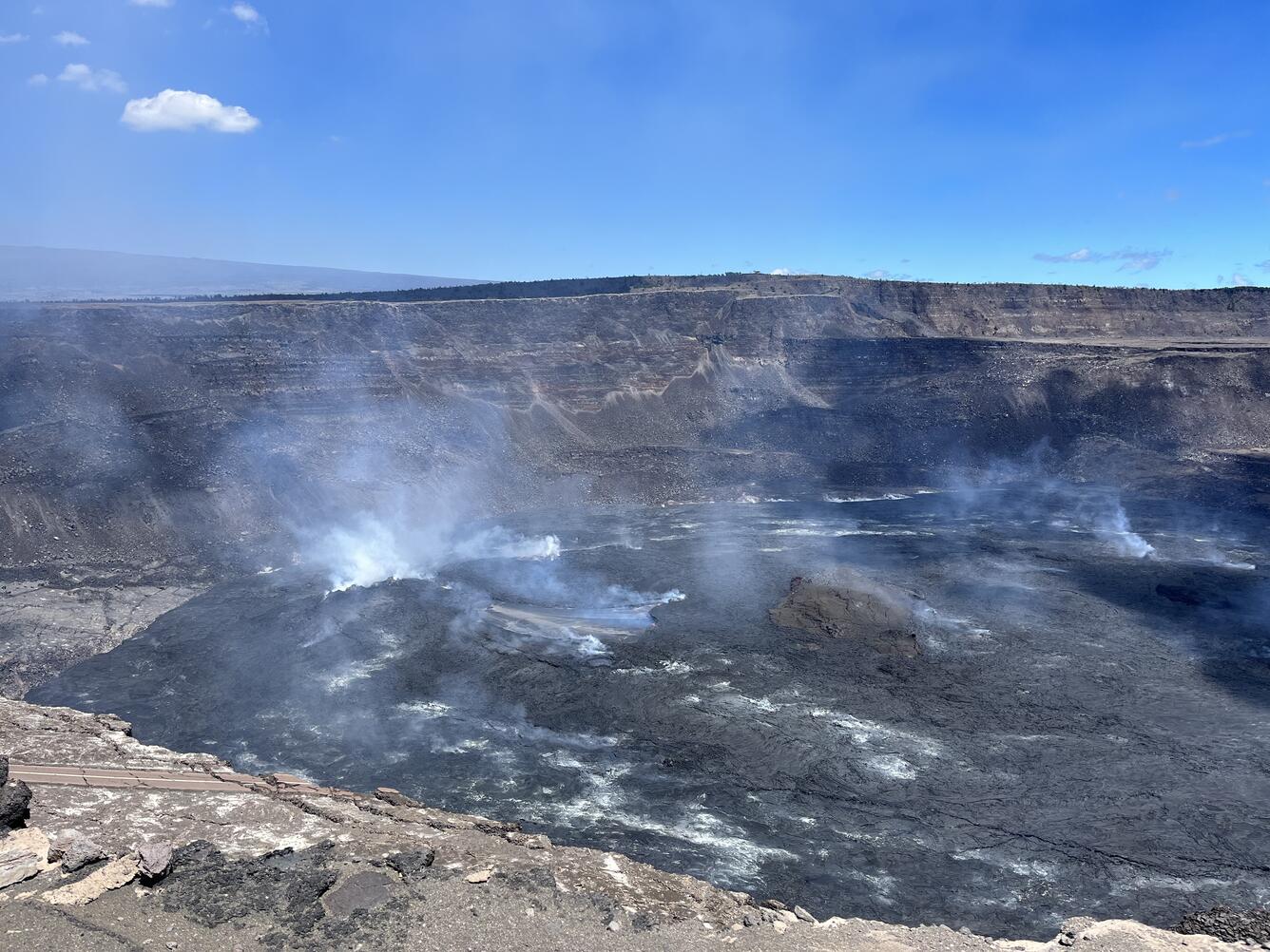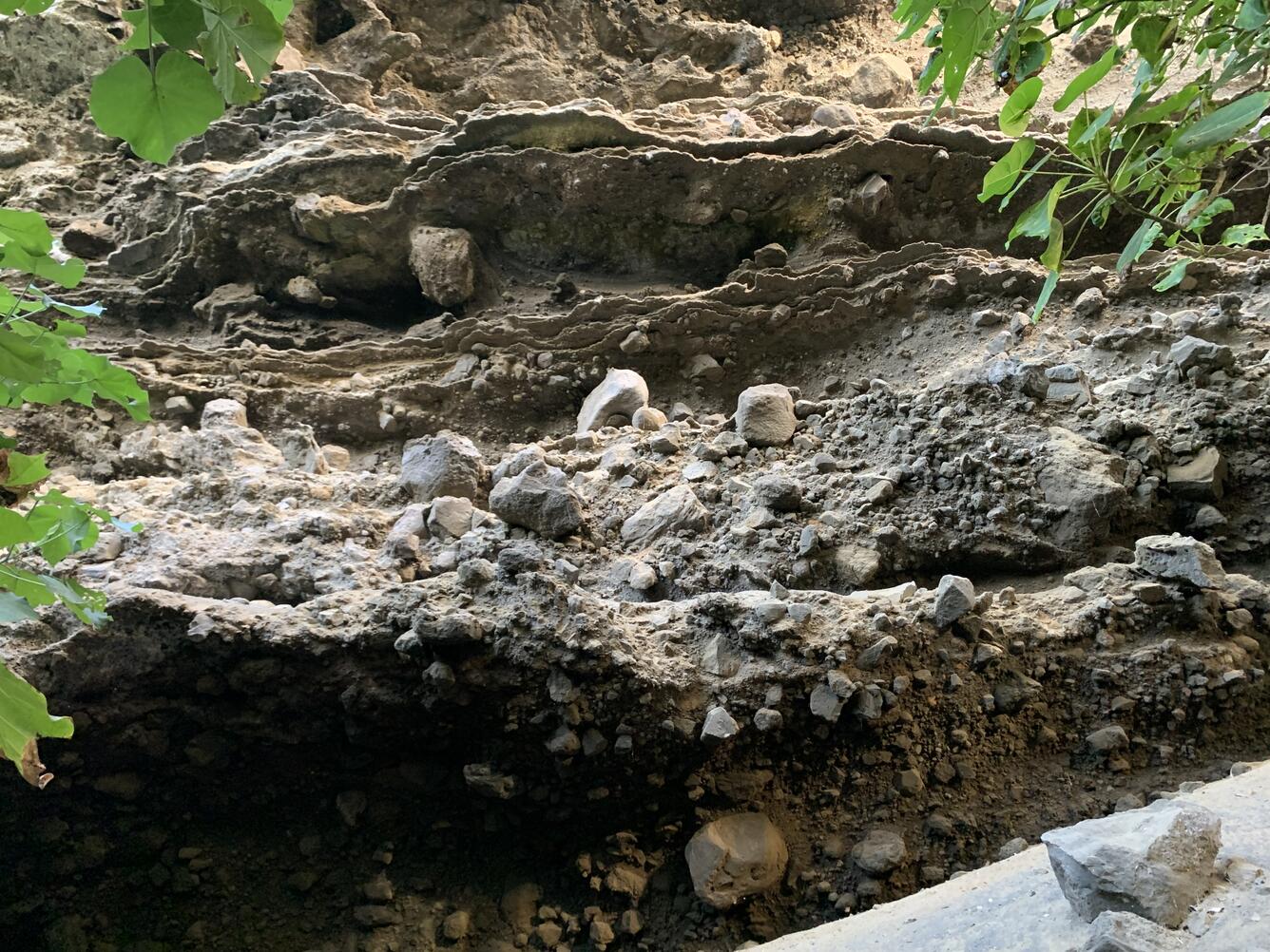Photo and Video Chronology – Hawaiian Volcano Observatory – September 2, 2022
Photos and videos of the recent activity on Kīlauea volcano and the Hawaiian Volcano Observatory response to seismic unrest in American Samoa.
HVO scientists collect detailed data to assess hazards and understand how the eruption is evolving at Kīlauea's summit, all of which are shared with the National Park Service and emergency managers. Access to this hazardous area is by permission from, and in coordination with, Hawai‘i Volcanoes National Park. The current eruption at Kīlauea's summit began at approximately 3:20 p.m. HST on September 29, 2021. Lava activity is confined within Halema‘uma‘u crater, in the closed area of Hawai‘i Volcanoes National Park.
September 2, 2022 — Halema‘uma‘u eruption, Kīlauea summit
August 2022 — Hawaiian Volcano Observatory continues response to seismic unrest in American Samoa
The USGS Hawaiian Volcano Observatory (HVO) is responding to earthquake activity in the Manuʻa island group of American Samoa. Residents report that earthquakes began in late July 2022. For more information, see the Taʻū Island webpage: https://www.usgs.gov/volcanoes/ta-u-island








